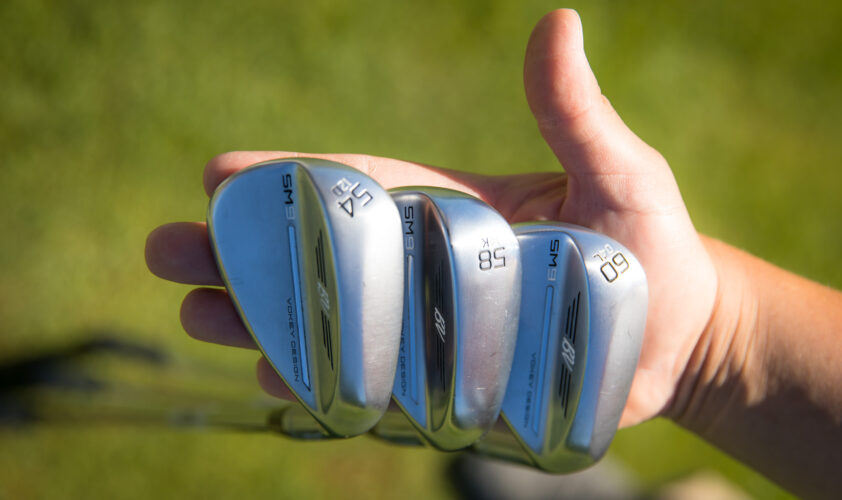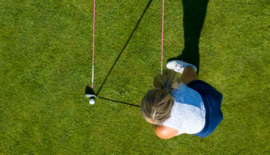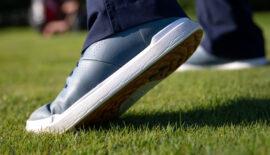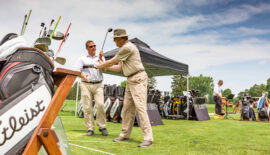Are you looking to gain consistency and improve your short game? The best way to do that is to become wedgeucated.
It is important to understand what bounce is in a wedge and how it affects your short game. Wedge bounce is the angle created between the leading edge and the lowest point of the trailing edge on the sole of the club, which will dictate how the club engages the turf. Bounce is forgiveness. Too often we see golfers who have too little bounce in their wedges, and it affects their performance. The better the bounce matches your swing and setup the more consistent your ball striking will become.
There are many different variables to con- sider when choosing a wedge, and that’s why it’s important to get fit for your wedges. Here are a few other points to consider:
- The conditions of the courses you play. With softer course conditions, we recommend medium to high bounce to prevent the club from digging too much. With firmer conditions, we recommend lower bounce so the club can get into the turf.
Tendencies in your setup. Ball position and where your weight is determines if you use the leading edge more or trail- ing edge more. - Patterns in your technique. Whether you hit down on the ball or “flip” your hands to help the ball in the air will change how the bounce will interact with the ground.
- Angle of attack and whether you’re a “digger” or “sweeper” can affect bounce in wedges. Diggers should have more bounce, while sweepers should have less.
- Your miss tendency. This can be helpful when determining their most effective bounce. Players who tend to chunk their chips should try more bounce, while players who blade should try less bounce.
Knowing you have the correct bounce in your wedges will give you the tools needed to make confident decisions and swings to improve your performance around the greens and help lower your scores!
Dillon Parisi is a Certified Club Fitter and PGA Apprentice with the Ironworks Golf Academy in Beloit, Wisconsin. For more information visit ironworksgolfacademy.com.


 ';
';
 ';
';
 ';
';
 ';
';